As someone who has used both the 2016 A45 and the 2019 C63 Coupe from Mercedes-Benz, I can confidently say that Mercedes-Benz is definitely a car brand worthy of respect.
In 2015, when I was still playing with “steel cannons” (high-performance cars), the 2016 A45 AMG was released overseas. The 2.0T engine could squeeze out over 380 horsepower in its original state, “though it still hadn’t reached the engine’s limit”. The LOBA high-pressure fuel pump that was about to be installed in my second-stage tuning suddenly seemed insufficient. The AMG team is really “performance maniacs”.
As for the C63, it is an old favorite of Mercedes-Benz. If the pre-generation W204 was a diamond member of the oil company, the W205 generation can be called the “Ambassador for Polar Bear Habitat Conservation”. For Mercedes-Benz, “if luxury cars are their daily routine, then performance cars are their specialty”. The experiences with these two cars made me approach and experience the EQC, a pure electric SUV from Mercedes-Benz, with relatively high expectations.
At first glance, it looks very Mercedes-Benz with its iconic five-star wheel hub.
However, the wheel hub design shows that Mercedes-Benz has infused different emotions into this car. The EQ-exclusive 20-inch ten-spoke lightweight alloy wheels are paired with environmentally-friendly Scorpion SUV tires from Pirelli, which is in line with the EQC’s environmentally-friendly characteristics.
At first sight of the EQC, my first impression was that it didn’t look like an electric car. The large air intake grille in the front retains Mercedes-Benz’s usual style and flair.If it’s the founding edition, the front wing plate of EQC will be marked with “1886” to pay tribute to Karl Benz, who invented the world’s first internal combustion engine car in 1886. “When it comes to stories of car making, Mercedes-Benz is probably the longest history novel in the automotive industry.”
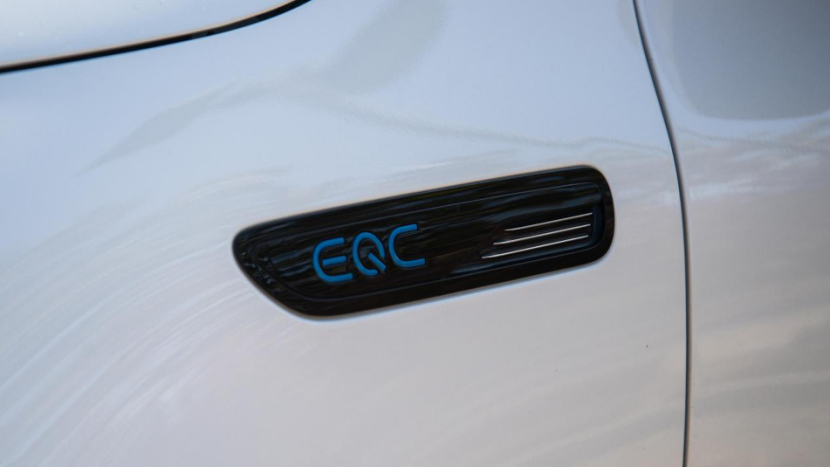
In addition, on the first new energy vehicle model, Mercedes-Benz is quite conservative in battery strategy, with a lot of power stored. The total energy of the battery is adjusted from 89.5 kWh to actually available 79.2 kWh, and the NEDC range is 415 km. The intuitive benefit of this is that it can better avoid over-discharging the battery, reduce the battery decay during the use cycle, and improve the charging efficiency. After my actual test, the charging time from 8% to 100% is 57 minutes, with total energy replenished of 74.29 degrees.

After a few days of experience, due to the configuration of dual asynchronous induction motors, the comprehensive power consumption of EQC is about 22 degrees / 100 km at a temperature of 22 degrees. The actual range is about 350 km, but for an electric car from Mercedes-Benz, this is not a very important thing. After all, who doesn’t have a car parking space? The luxurious atmosphere created by the Mercedes-Benz brand and the excellent mechanical quality tuning are what I really care about.
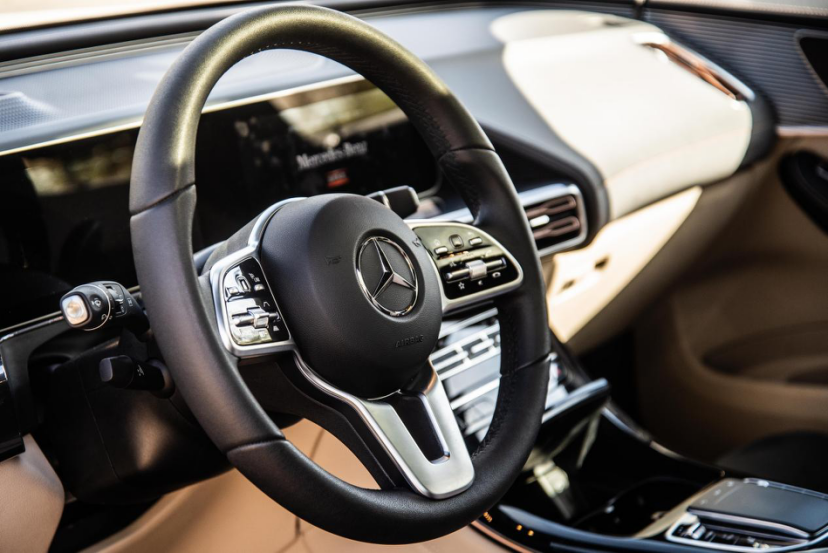
Even before opening the car door, I knew that the luxurious atmosphere of the Mercedes-Benz interior would not disappoint users. Sure enough, EQC still continues the family-style design, with multi-directional adjustable leather seats, non-fingerprint piano paint panels, 64-color ambient lighting system, and Berliner sound system for coordinated operation.
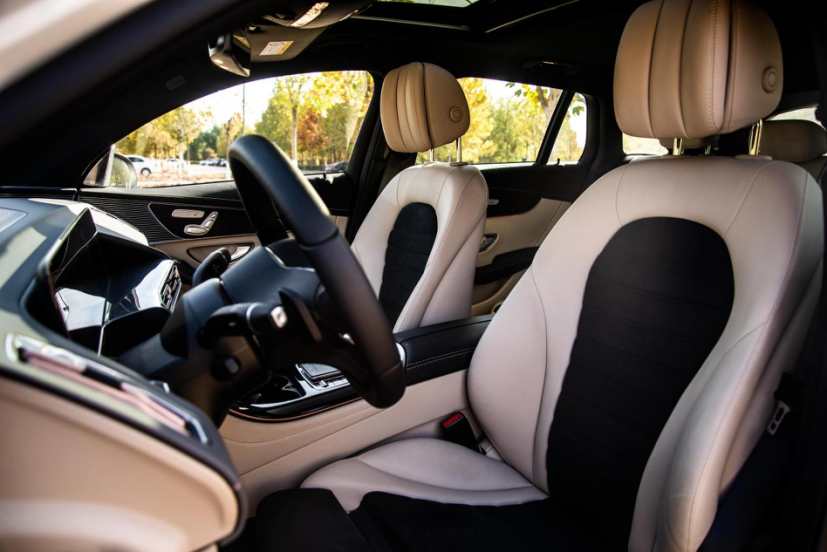
Overall, EQC can still give users a sense of luxury from Mercedes-Benz, but the price for this luxury is “expensive”.
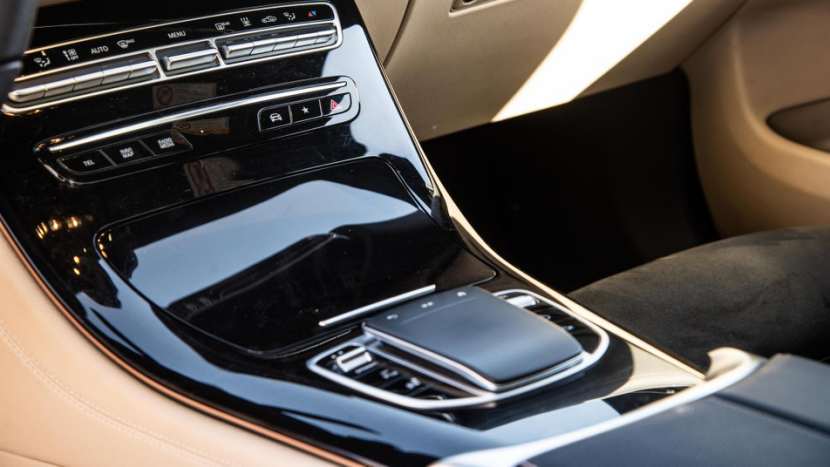
It is worth mentioning the fragrance system, “Close your eyes, I know this is a Mercedes-Benz.”
Driving also like a Mercedes-BenzAlthough I am a fan of fuel-efficient cars, my demand for electric cars has always been for comfort, quietness, and the convenience brought by assisted driving. Even a Tesla Model 3 Performance with 3.4 seconds of acceleration time may not be as thrilling as an Audi S3 with 4.8 seconds of acceleration time.
When I drove the EQC, my first impression was that Mercedes-Benz’s approach to new energy strategy is completely different from that of other new energy vehicle manufacturers. Instead of creating a boundary between electric and fuel cars and forcing users to bear the cost of transition, Mercedes-Benz designs the car to reduce the burden on users and make it more user-friendly. I believe this should be the original intention of Mercedes-Benz when developing the EQC.
Although the EQC I test drove has a 5.1-second acceleration time from 0 to 100 kilometers per hour, the acceleration pedal is not very aggressive, but very pleasant. The initial stage is very soft, and the power starts to surge and linearly output after pressing down about one-third of the way. As a century-old brand of Mercedes-Benz, they understand the acceleration curve of NA engines well, which is what I appreciate the most.
During driving, the EQC mostly relies on the front wheel drive, and the rear motor only intervenes when there is a high demand for power. Subjectively, I feel that Mercedes-Benz does not want to completely tune the car’s chassis towards comfort but rather wants to maintain a sporty feel.
On the way to Beijing Badaling, I drove on some mountain roads, and the performance of the EQC exceeded my expectations. In the curves, the chassis was resilient and well-supported, and the roll control was good, perfectly demonstrating the mechanical properties of the century-old Mercedes-Benz brand. However, as an electric car, you still need to turn the car on and off to get in and out, which seems a bit conservative.
The steering wheel retains the design of shift paddles, but the function of the shift paddles has changed to adjust kinetic energy recovery. The feeling of coasting in D+ mode is almost the same as that of a traditional AT gearbox, while in D mode, it is similar to that of a dual-clutch gearbox. In D- mode, there is some kinetic energy recovery, but it’s actually weak. Although this is good for transition for fuel car users, as someone with rich experience driving electric cars, I still hope for stronger kinetic energy recovery. As I said earlier, the EQC is designed to make it easier for first-time electric car users to get started.
A Mercedes-Benz experience
At first glance when entering the car, the overall layout of the EQC’s interior is still a typical family design of Mercedes-Benz.
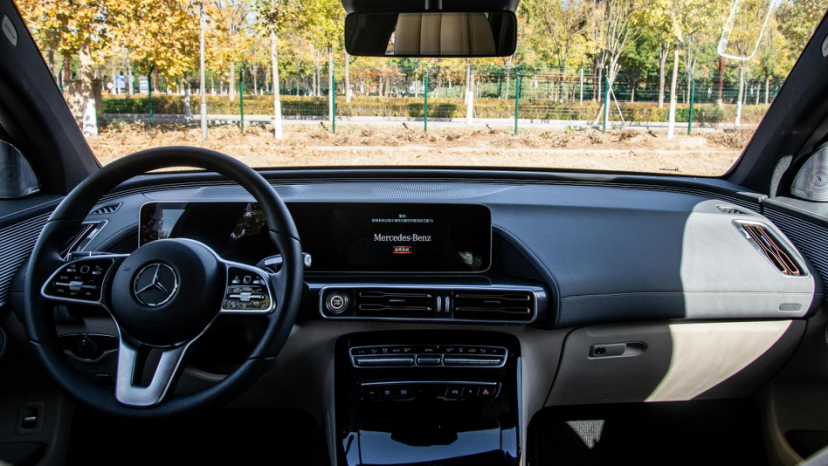 In terms of the car infotainment system, the EQC adopts the latest MBUX dual-screen layout without surprise, and the instrument panel is developed based on QNX. For people who have not used this system before, I think the learning cost is relatively low with practical and convenient physical buttons and OFN interaction.
In terms of the car infotainment system, the EQC adopts the latest MBUX dual-screen layout without surprise, and the instrument panel is developed based on QNX. For people who have not used this system before, I think the learning cost is relatively low with practical and convenient physical buttons and OFN interaction.
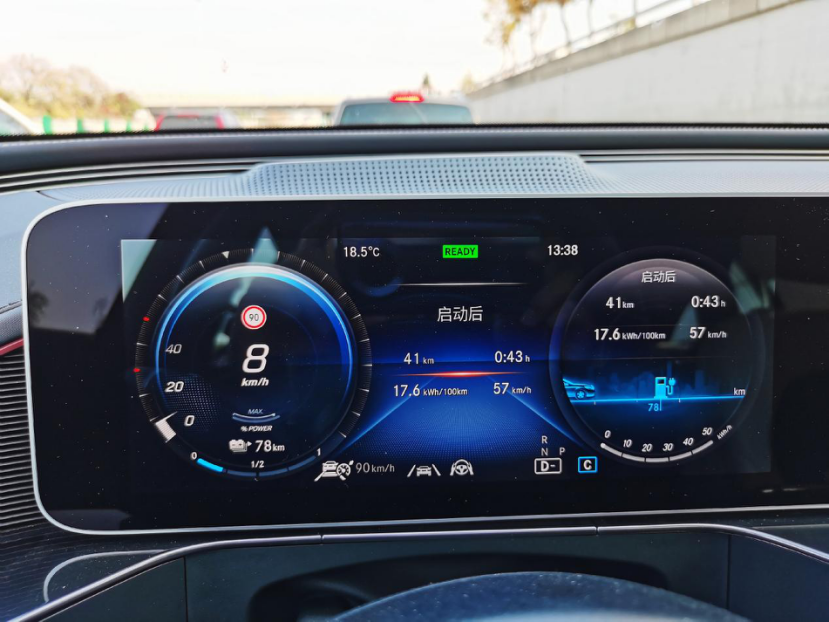
The center control screen is developed based on Linux, which allows for various operations such as touch screen, voice control, physical buttons, OFN, and touchpad. The logic is basically the brain roadmap of German engineers, with powerful functions. However, it is slightly more complicated, and there is a certain learning cost for those who are not familiar with the Mercedes-Benz system. If I had to describe this system with two words, it would be both “technology” and “tradition”.
Not only assisted driving, but also automatic turn signals
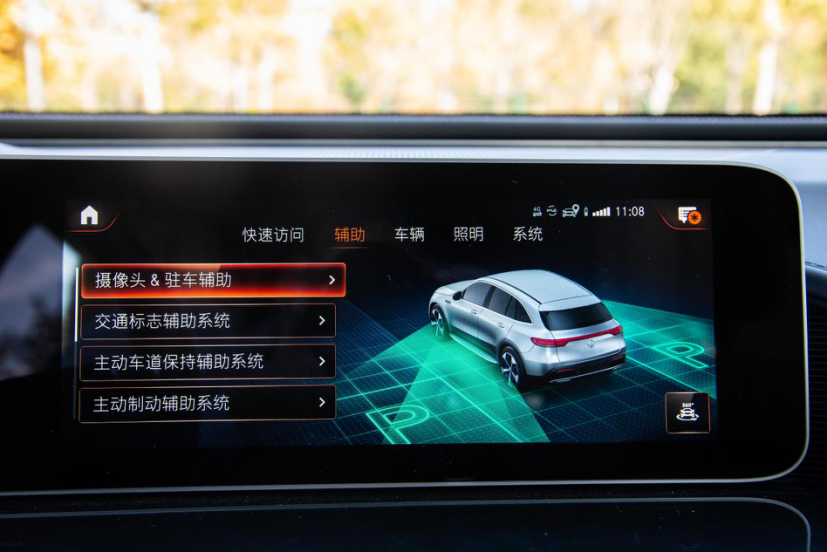
When it comes to new energy vehicles, the topic of assisted driving is unavoidable. Many people associate assisted driving with new automakers, but in fact, many traditional car companies already have assisted driving functions.
Due to the limited experience time and it is not tested in our 42Mark evaluation system, I will share some feelings with you here.
Firstly, Mercedes-Benz’s acceleration and deceleration G-value tuning is very gentle, and the handling is quite sophisticated, which is very close to the feeling of a human driver. The lane keeping function is also relatively stable. Under the condition of clear lane lines, the camera will not lose the lane lines and withdraw. Using this system for long-distance driving can indeed alleviate driving fatigue to a certain extent. However, when encountering some curves with larger curvature, this system is difficult to cope with. When entering the curve, the assisted driving will withdraw and the driver needs to take over.
But to my surprise, in addition to the most basic lane keeping function, the assisted driving of EQC also has an automatic turn signal function for changing lanes. The overall sense of changing lanes is relatively gentle and smooth. The only problem is that this function can only be used when reaching around 80 km/h.
However, having is better than nothing. At least in smooth circular roads or highway scenarios, it can help drivers reduce the number of manual interventions when using assisted driving to a certain extent.
In addition, when experiencing this assisted driving system, I found that EQC lacks visual and interactive prompts. Even when the assisted driving is turned on, no matter whether I turn on the turn signal or not, the system will default to allowing manual lane changing, and the assisted driving will not withdraw.In short, EQC’s advanced driving assistance still puts human as the main driver, providing assistance while avoiding excessive interference. Evidently, Mercedes-Benz’s understanding of advanced driving assistance emphasizes “assistance”.
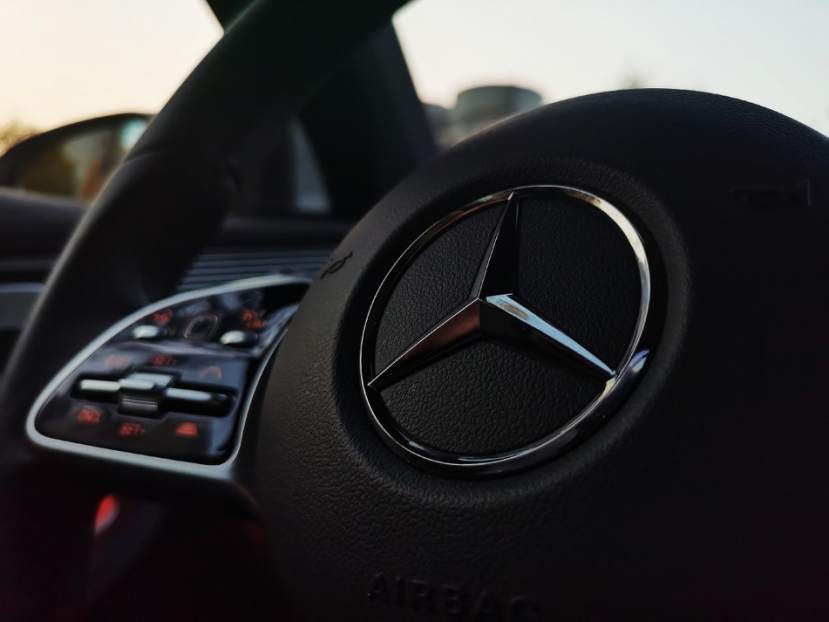
Conclusion
Currently, the mainstream passenger car market is still dominated by fuel-consuming vehicles. EQC, as the first purely electric SUV from Mercedes-Benz, has many settings that lean towards making it easier for fuel car users to transition to electric car models, which I think is a good idea.
Through EQC, we can see that Mercedes-Benz not only has the ability to create luxury and performance cars but also has solid traditional mechanical qualities that provide a better driving experience. I am also looking forward to the EQS, EQE, and other upcoming models that will bring new experiences in terms of technology and intelligence.
This article is a translation by ChatGPT of a Chinese report from 42HOW. If you have any questions about it, please email bd@42how.com.
